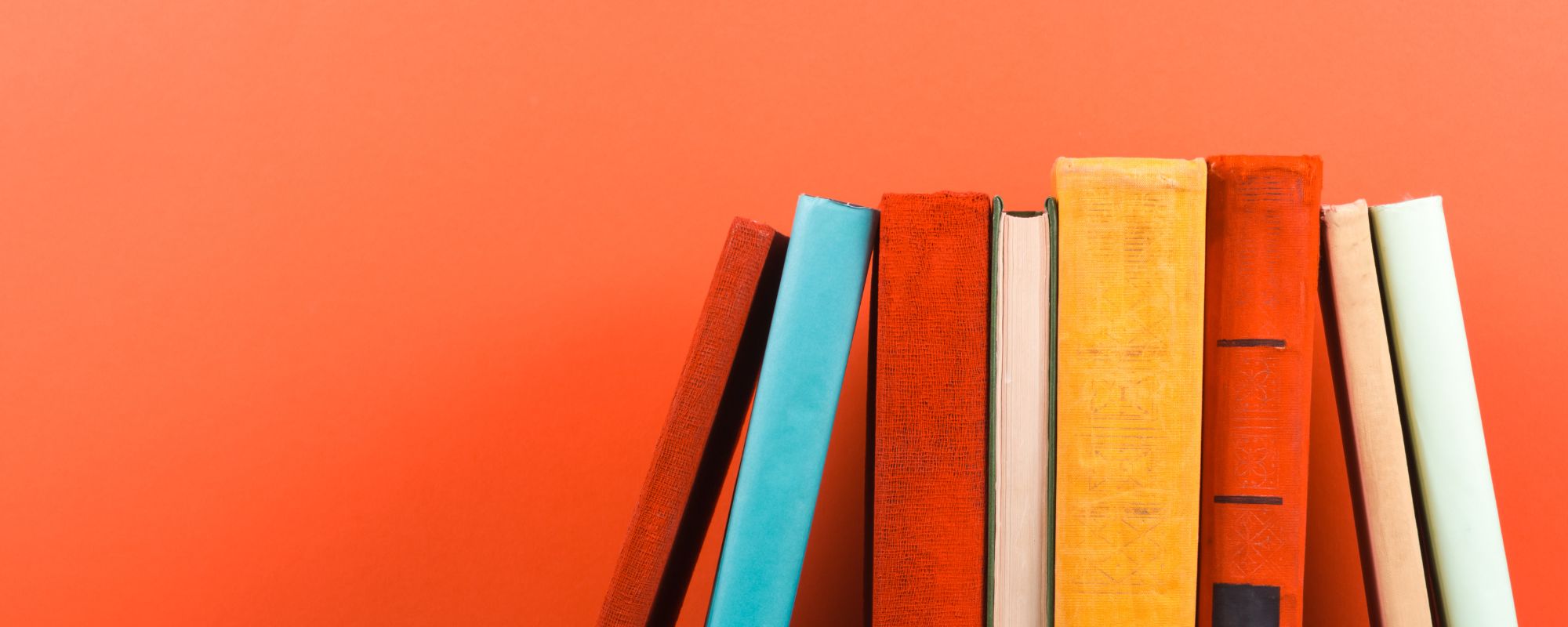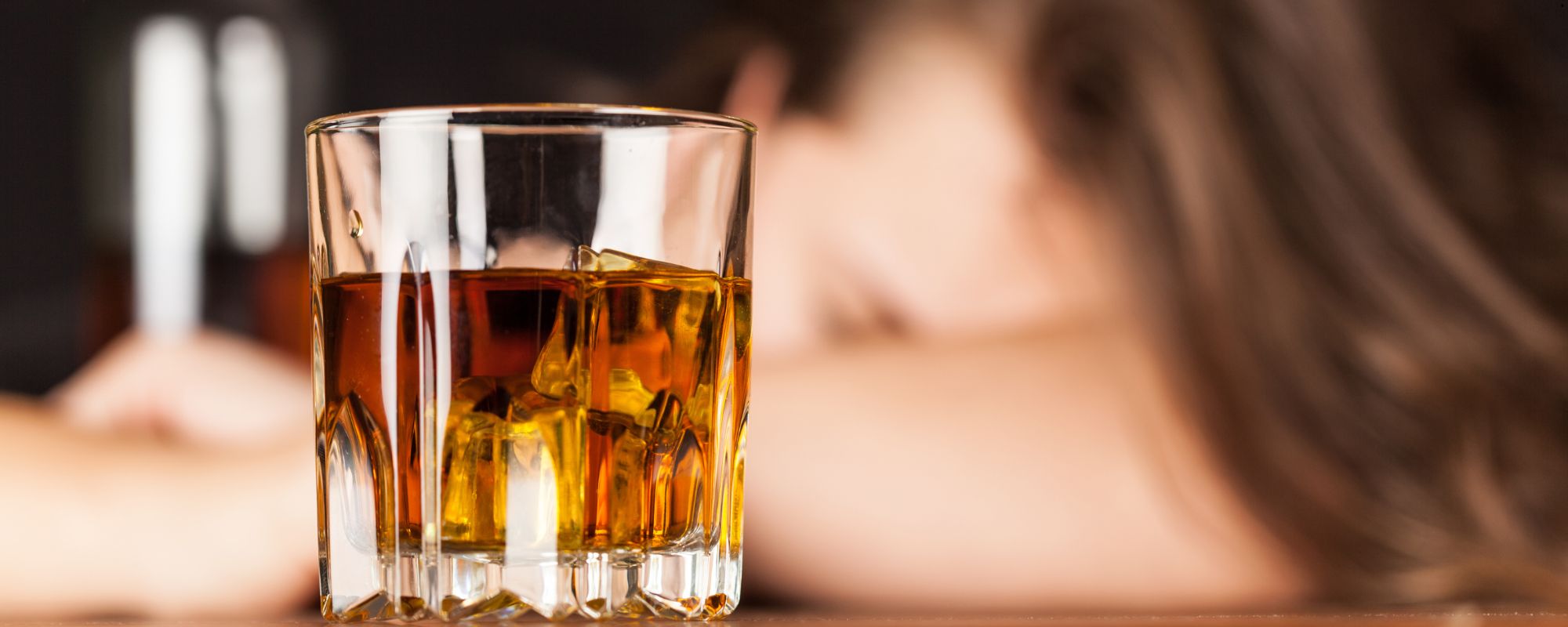When seeking relief from depression, many people naturally gravitate toward creating or engaging with sad artwork as a form of emotional expression. Making your own depression art—or connecting with the art of others—can be incredibly validating and cathartic. However, it’s important to recognize when this form of expression is supporting your healing versus keeping you emotionally stuck. Reaching out for professional help can feel difficult when you’re struggling with a mental health disorder, but it’s a vital step toward lasting recovery. At our rehab center in Prescott, Arizona, we’re here to help you find real, sustainable healing from depression. One way we support this journey is by showing you how to use drawing for depression in a constructive, empowering way that promotes emotional growth. Let’s explore how art can be a powerful tool in managing depressive disorders.
What Is Depression?
Depression is a mood disorder that affects how you feel, think, and behave. Like many mental health disorders, it doesn’t just impact your internal state—it can also influence your identity, relationships, and long-term goals. Depressive disorders share a range of symptoms centered around persistent low mood, but their effects often extend far beyond just emotional well-being.
Common symptoms of depression include:
- Sadness
- Tearfulness
- Feeling hopeless
- Loss of passions and enjoyment
- Inability to feel pleasure
- Feelings of meaninglessness
- Lethargy
- Sleeping too much or having trouble sleeping
- Appetite changes
- Self-isolation
- Heavy limbs
- Guilt
- Shame
- Numbness
- Low self-esteem
- Suicide ideation
It’s important to understand that depression is not one mental illness but rather a number of depressive disorders. While they share some overlapping symptoms, each depressive disorder is distinguished by its specific characteristics. Notably, the exact reason why anyone develops depression is complex. Multiple factors combine in a unique way to create any mental health disorder. Therapy can help you better understand the contributing reasons for your depression and provide you with tools to manage it.
Common Depressive Disorders
There are a number of depressive disorders that exist, like major depression, situational depression, and seasonal depression. Depression is a widespread issue affecting roughly 5 percent of people globally (around 280 million). We can treat any depressive disorder you’re struggling with, regardless of whether you currently have a diagnosis or not.
It is also common to have a dual diagnosis when you have a mood disorder like depression. A dual diagnosis refers to having two or more co-occurring mental health challenges. For example, depression and anxiety often appear together. If you know you have a dual diagnosis, we can help you follow a treatment plan that addresses healing for both issues at the same time. And if you’re not sure, our therapists can provide a diagnosis or dual diagnosis after speaking with you. Notably, receiving accurate diagnoses opens doors to healing, including the option for prescription medication for your symptoms.
Major Depressive Disorder
Major depressive disorder, or MDD, is a common depression diagnosis. It can also be referred to as clinical depression or unipolar depression. If you have major depressive disorder, you experience recurring depressive episodes. These may occur without warning or you may sense one coming on. The DSM-5 (the primary tool for diagnosing mental disorders) defines a depressive episode of a period of two weeks or longer with at least five symptoms. As a result, you might find your mood shifting between sadness, hopelessness, guilt, and low self-worth. You will likely feel emotionally and physically drained from your symptoms. Tragically, people with MDD may consider suicide as an escape from their pain.
Bipolar Disorder
Bipolar disorder is a mood disorder that includes episodes of mania and episodes of depression. Simply put, manic episodes refer to times where your energy, mood, and behaviors are heightened and inconsistent from depression. People with bipolar disorder can find it challenging to understand themselves due to their shifting moods. Similarly, others might struggle to get close. Bipolar disorder is divided into three diagnoses with varying severity: bipolar I, bipolar II, and cyclothymia.
Seasonal Affective Disorder
Seasonal affective disorder, or SAD, is a form of depression where individuals experience many of the same symptoms of MDD. Yet, one clear distinction between MDD and SAD is the reason for onset. While MDD’s episodes are random, people with seasonal depression find their condition worsens at certain times of year. Another name is major depressive disorder with a seasonal pattern. It is possible to experience seasonal depression during the summer or winter months. Outside factors like where you live play a large role in SAD and its onset and severity.
Persistent Depressive Disorder
Persistent depressive disorder is a life-altering form of depression where individuals experience ongoing symptoms. Rather than battling 2+-week depressive episodes, persistent depression plagues people most of the time. To elaborate, although persistent depression can be less severe than MDD, it is categorized as having symptoms that last for a long time. If you struggle with PDD, you may experience depression symptoms most days of the year. It can be challenging to differentiate your identity from depression when you have PDD.
What Is Expressive Arts Therapy for Depression?
Expressive arts therapy is a treatment as part of the holistic approach to healing. It uses forms of creative expression in experiential, hands-on ways to aid in the recovery journey. Since all parts of the self are connected—mind, body, and spirit—holistic recovery utilizes therapies and activities that engage all parts. As such, some experiential therapies are more relaxing while others are more rejuvenating, and impact the self in different ways.
With expressive arts therapy, there are numerous creative outlets as part of the therapy. For example, virtually any form of creative expression you’re interested in can be tied into expressive arts therapy. At Seaglass Recovery, we encourage the women being treated at our center to really let their creativity flow. They are invited to try each holistic therapy outlet to see what makes an impact.
Sessions follow a loose format with time for creativity as well as discussion about what feelings or ideas the act of creation invokes. Each expressive arts therapy session is conducted by a mental health counselor who might prompt you about your experience. Notably, expressive art therapies help improve mental health symptoms and overall wellness. Creativity is shown to have positive results on the mind and body. Plus, making art without thinking allows deeper feelings and reactions to surface, leading to breakthrough.
Art Therapy for Depression
Art therapy for depression is a broad category that includes many different ways of making art. Any type of physical and visual art can be included in art therapy. Our guests have enjoyed drawing, painting, sculpting, jewelry making, photography, collaging, coloring, and other art forms as part of therapy. As noted, making art has many benefits, including creative release, emotional release, stress relief, and increased self-esteem. Allowing yourself to sit in the creative process and make whatever you desire fosters greater self-trust and helps you reconnect with your identity. Along with nourishing your spirit, it also provides mental benefits, like releasing endorphins and boosting confidence. And the physical benefits include released muscle tension.
Music Therapy for Depression
Listening to music often helps people unlock feelings and emotions, as well as memories. The same is true with making music, whether that looks like songwriting, instrument playing, singing production, or performing. Each element of music therapy is encouraged, whether you want to focus on another’s music or make your own. If the latter is true, we offer a fully functional recording studio called Sober Studios at each of our Royal Life Centers locations. Here you can capture the experience of healing from depression in recorded tracks that reflect your journey. Music is a positive coping skill that allows you to both feel your emotions and find relief from your symptoms.
Writing Therapy for Depression
Writing therapy encourages Seaglass guests to empty their minds by putting everything down on paper. Overthinking and difficulty processing through emotions are both common symptoms of mental health disorders like depression and anxiety. You might find yourself constantly cycling through the same emotions, fears, and wounds inside your head. In order to heal, you have to experience beneficial emotion processing rather than unproductive overthinking. Thus, writing therapy includes journaling, storytelling, poetry, and self-reflective prompts to help you find deeper understanding. You may choose to go over your journal entries with your therapist or keep them private. Journaling is also beneficial for tracking your progress through depression treatment, and noting things that feel useful for your recovery.
Dance and Movement Therapy for Depression
Dance and movement therapy encompasses a number of expressive artforms that involve the physical body. As part of holistic therapy, we provide a variety of physical movement-based activities, including yoga, nature walks, and tai chi. Dance and movement therapy can include these activities along with dance style movements. In fact, dance movement therapy, or DMT, is a holistic activity that uses physical motions and therapy techniques based around the body. Regardless of your level of physicality, you can participate in DMT for your depression. Additionally, we offer more relaxing options like reiki therapy that still target the body but without physical strain.
Why Do People with Depression Make Sad Artwork?
In essence, everybody tries to cope with their mental illness symptoms in their own way. Unfortunately, sometimes this leads to negative coping patterns as a way to escape, like drug or alcohol abuse. In other cases, individuals will self-isolate or engage in self harm. A big part of healing from your mental health disorder is learning to manage it in healthy ways. Developing positive, healthy coping skills will provide you with tactics to get through the triggers in a depressive episode. Plus, they will provide you with a plan for the next time, too. When it comes to making depression artwork, this is another way of dealing with your depression. Overall, sitting with your feelings and letting them out through drawing or painting is a healthy way to heal. In a similar way, people who are dealing with grief often find comfort in grief quotes that allow them to sit in their pain and reflect.
Creating depression drawings as a form of healing is a positive thing. However, if depression artwork keeps you trapped in symptoms and leads you further into a dark place, that isn’t safe. As such, it’s important to make sure your drawing and depression is used as a positive coping mechanism. Inviting a mental health counselor into your experience is a good way to ensure your art is helping you heal.
How Can Art Heal Depression?
Art therapies can be used to improve and heal depression in numerous ways. For one thing, allowing yourself to create something real and honest helps you access your feelings, emotions, and pain. Bringing it to the surface allows you to both understand it and also release it. Plus, allowing yourself to freely create can foster trust and confidence. Additionally, part of the effectiveness of art therapy for depression is the physical product. Seeing your artwork come to life instills you with a sense of pride, accomplishment, and satisfaction. All of these feelings are important when you have depression, as the disorder can strip you of positive emotions. Therefore, the link between drawing and depression can be healthy and beneficial. You just want to make sure you’re experiencing healing through your art, which professional expressive art therapy can help with.
Expressive Art Therapy as Part of an Overall Depression Treatment Plan
When you trust Seaglass Recovery to be your depression treatment provider, we take into account your intentions, needs, and goals. Each guest receives a custom treatment plan which includes a mixture of traditional and holistic therapies, and optional medication management. If you find connection in art, such as painting and depression, we want to know! Then, we can be sure to include expressive art therapy as part of your treatment plan for depression recovery.
You are also welcome to experiment with other holistic therapies in your schedule. They can help you relax your body and find a safe haven in your mind. In addition to holistic treatments, research-based behavioral therapy is a recommended therapy intervention for depression. It is because traditional psychotherapy has proven results for depression that we ensure each of our guests participate. You and your therapist will work together to find the right therapy technique, whether cognitive behavioral therapy, interpersonal therapy, or a different approach. If you have any questions about what your depressional treatment plan would look like, we’d love to speak further.
Depressive Disorder Treatment Near Me
Making sad artwork can be a beneficial way to cope with your depression. However, you may need to explore professional assistance to ensure you experience healing. Treating your depression, yourself can only go so far if you haven’t learned healthy coping skills and concrete ways to manage your disorder. You can join our women-only treatment center, Seaglass Recovery, to find community and healing. If your symptoms are trapping you in pain and sadness, it’s time to reach out to a mental health counseling provider.
REFERENCES:
- An Everyday Activity as a Treatment for Depression: The Benefits of Expressive Writing for People Diagnosed with Major Depressive Disorder – National Library of Medicine
- Dance Movement Therapy in the Concept of Expressive Arts-Therapy – Research Gate
- How Arts Can Help Improve Your Mental Health – Mental Health Foundation






